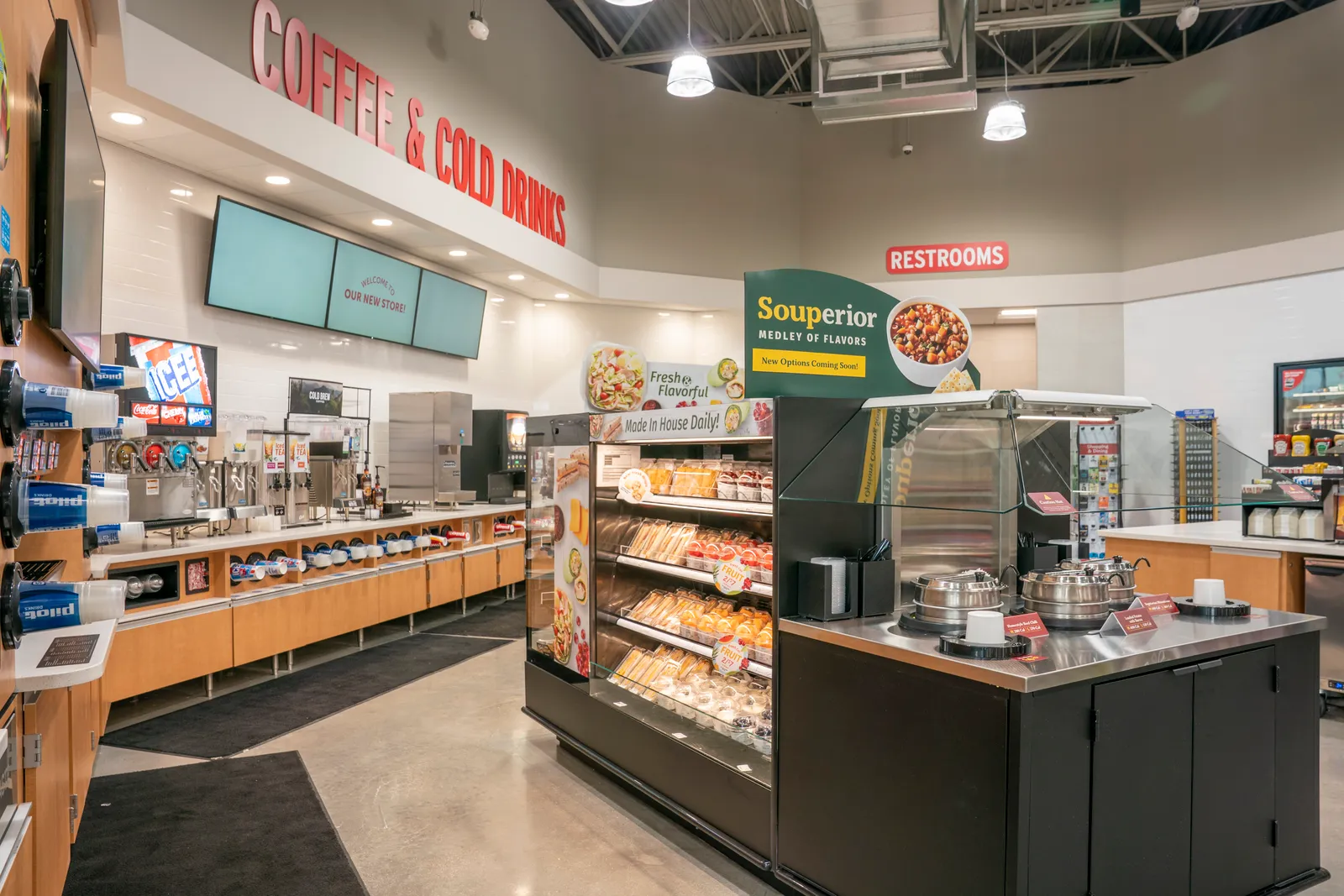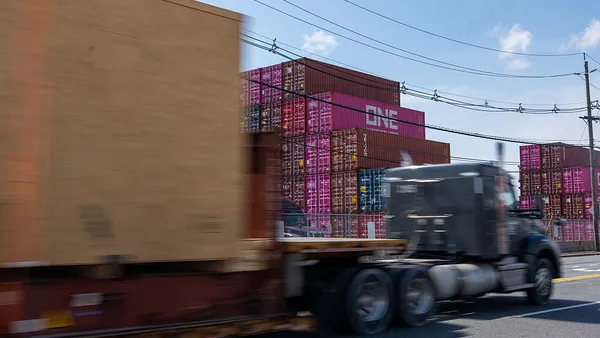About a year and a half after launching its $1 billion store remodeling initiative, Pilot is making headway toward its goal of renovating 400 of its convenience stores. But the retailer still has plenty of work to do.
When Pilot launched the New Horizons initiative in March 2022, the company said it was aiming to complete all 400 remodels within three years. As of June, Pilot said it had more than 80 stores renovated, and as of October, the company is expecting to finish its 100th remodel within the “next several months,” Chief Operating Officer Brad Anderson said in an interview during the 2023 NACS Show.
Anderson noted hitting all 400 remodels will still take “the next several years” to achieve. In addition to remodeling stores, the company also continues to put money into new locations, including two this summer that have a combined 600 truck parking spots as well as showers for its professional drivers.
When asked about the biggest challenges Pilot is facing with the New Horizons initiative, he said the company is living through “some disruption,” such as having to close down certain areas of stores when they’re being worked on. He said this process is comparable to having a home remodeled.
“With any remodel there’s some disruption,” he said. “That’s probably the biggest thing in operations, just managing through that aspect.”
In response to a follow-up question from Convenience Store Dive about why the New Horizons project is behind schedule, the company pointed to disruptions of a different kind.
“Although various factors have caused some construction delays, such as permitting, availability of supplies, weather, etc., we are working to complete these projects as quickly as possible,” Allison Cornish, Pilot’s vice president of store modernization, said via email.
Pilot’s remodeling project has coincided with supply chain shortages, high materials costs and other challenges that have rattled the construction industry, delaying building and remodeling projects across the country.

Preparation is key
While each remodel differs slightly depending on where it’s located and its demographics, Pilot has a general blueprint for how it’s approaching the updates. Generally, the planning process for each remodel starts about 12 to 18 months in advance to get all permitting in order and so Pilot can “align labor and supplies” for every store, Anderson said.
The list of potential updates includes adding energy-efficient lighting in the forecourt; updating branding; repainting and retiling restrooms, showers and laundry facilities; expanding dining areas; redesigning store layouts to focus on fresh food; installing self-checkout kiosks; upgrading staff break rooms and kitchen equipment; and implementing EV charging stations.
Pilot employs artificial intelligence during the planning phase, Anderson said — using advanced analytics and other data sets to scope out which stores it needs to remodel, taking into account things like fuel gallons sold, positioning along highway routes and demographic information for each location.
Once it selects a location, Pilot then uses its own in-house datasets, such as first-party sales and customer data, to outline the remodel.
“A ton of advanced analytics goes into one, that design; and two, how we prioritize which store we do in sequence as well,” Anderson said.
Another challenge in the planning process for Pilot’s New Horizons program is store labor. Anderson said the goal with each rebuild is to keep the current store staff in place. The question then becomes how many others need to be hired based on the renovations being done.
“If we make the store larger and it’s going to get busier, obviously you need more team members,” he said. “Or if you put in a food operation, you'll need to staff the food operation.”
Anderson said a main goal of New Horizons is to make employees’ lives easier and to offer them “a better environment to work in.”
“How can everything behind the scenes just become more simple and efficient for our team members so they can really focus on the guest?” Anderson said














